Shredding cabbage can be a difficult task for those who have not yet mastered the art. With this how-to guide, you’ll learn how to shred cabbage in a food processor with ease and efficiency!
Some of these tips may seem simple, but they are often overlooked by beginners.
- Tip 01: Put the food processor on a counter that is sturdy and stable, so it doesn’t move around every time you touch or turn the blade! You don’t want anything tipping over or sliding around while you are shredding.
- Tip 02: Make sure the cabbage is well-rinsed and patted dry before you put it in the food processor. Wet leaves are more difficult to handle, as they can slip around inside of your machine – which means not only a longer shredding time; but also an increased chance that those wet leaves of cabbage will go flying all over the inside of the food processor.
- Tip 03: If you have a piece that is too large for your machine, cut it into two or three pieces before shredding – remember to ensure they are dried well first! Some people will even go so far as to core their cabbage before shredding… but this can be difficult if all you have is a food processor and no other kitchen tools.
- Tip 04: Ensure that your cabbage leaves are dry! Wet or damp leaves will not shred properly – they’ll just get stuck to the inside of your machine, causing it to work overtime (and you’ll end up with soggy shredded cabbage).
- Tip 05: If you find yourself in a position where the leaves won’t shred by spinning around on their own, try gently pushing them down onto the blade from above using one hand while turning on/off the power with another. This should force most pieces through… but be careful not to let smaller bits slip out underneath as you do this! You don’t want any pieces going flying off into parts of your kitchen where they can’t be retrieved.
In conclusion, there are many different techniques for how to shred cabbage in a food processor! These five methods should give you a good idea of how it is done – and hopefully reduce the time that it takes between preparing your ingredients and getting them onto your plate or into your recipe pot.

For Short Time Readers
Can You Shred Cabbage In A Food Processor?
Absolutely, no question about it! You can shred cabbage in a food processor. It’s what I do every time I make homemade sauerkraut. And shredding cabbage for coleslaw is so easy. Use the slicing blade on your food processor, and you’re all set.
Nutrition Facts Of Cabbage
| Nutrition Facts Of Cabbage | % Daily Value |
| Fat 1g | 2% |
| Saturated Fat 1g | 5% |
| Sodium 20mg | 1% |
| Potassium 193mg | 6% |
| Carbohydrates 7g | 2% |
| Fiber 3g | 12% |
| Sugar 4g | 4% |
| Protein 1g | 2% |
| Vitamin A 111IU | 2% |
| Vitamin C 42mg | 51% |
| Calcium 45mg | 5% |
| Iron 1mg | 6% |
How to Pick the Best Cabbage?
Cabbage is one of the easiest vegetables to grow in your garden, and you might be surprised by how much cabbage can actually fit in your space. Whether you have a side yard, a front yard, or even a porch, you can grow your cabbage in pots. So if you don’t want to go grocery shopping next time and want to try out this wonderful dish at home then all you need is a handful of ingredients and some fresh cabbage which is easily available at your local grocery store.
Here’s how to pick the best cabbage:
- Check the outer leaves; they should be bright green with no brown spots.
- Look for cabbages that are firm; avoid any soft ones.
- Make sure it has an intact core, with compact leaves around it. (Don’t worry – it’s more like guidelines than rules!)
- If you can find it, choose a head whose outer leaves are still attached. (This shows that the cabbage has not been sitting out for too long.)
- If buying in bulk, make sure to pick smaller cabbages; they will be more tender than big ones.
Now that you know all about how to pick the best cabbage, choose your favorites and get started on this delicious dish!
How to Shred Cabbage in A Food Processor?
It’s super easy.
First, cut the tough ends off of the cabbage and discard them. Then quarter the cabbage head through the root end (not through to the top). You don’t want to cut all the way through the stem.
Next, put each quarter of cabbage flat on a cutting board and carefully slice it in half vertically, giving you four quarters total. Now place one quarter at a time into your food processor bowl so that it fits neatly inside, slicing side down.
No need for a fancy “cabbage shredder” attachment…the slicing blade does just fine! Keep going until your cabbage is shredded! The food processor will turn itself off after 15 or 20 seconds when it gets too hot from all that friction, so just push the power button and keep shredding.
The food processor will turn itself off after 15 or 20 seconds when it gets too hot from all that friction, so just push the power button and keep shredding. To make coleslaw, simply add some mayonnaise, vinegar, and seasonings to the cabbage you’ve already shredded! I like homemade mayo, apple cider vinegar, kosher salt, and fresh ground pepper.
Note: You can shred just about any vegetables in the food processor. Try carrots, celery, and onions for tasty homemade vegetable broth. Or grate some potatoes and add them to your soup or stew for a thick and creamy texture.
How to Shred Regular Cabbage?
You don’t even need a food processor to shred cabbage!
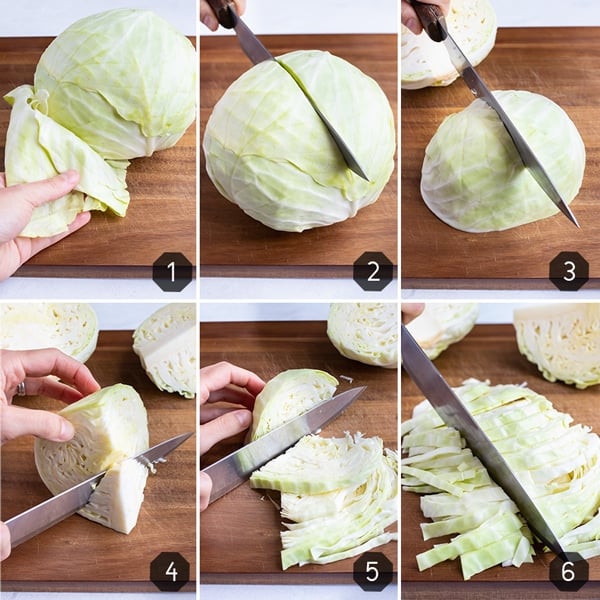
Just use your sharp chef’s knife. Slice away the tough end of the core, then slice out the leaves one at a time. Stack them up and cut what you need for your recipe.
Note: If you are making coleslaw or sauerkraut, I highly recommend using a food processor over manual chopping – it will make quick work of those super hard cabbage cores!
How To Slice Napa Cabbages?
I find the best way to slice Napa cabbage is very similar to slicing a cabbage, but just a little different because of its shape.

First, cut away the tough end of the core and discard it. Then simply slice out individual leaves one at a time until you have all you need for your recipe. If you’re shredding rather than slicing…see notes above on what blades work best for this type of cabbage.
Some people who make Kimchi prefer using Napa Cabbage over regular green cabbages since it has such light and tender leafy layers that are easier to chew through (and thus digest). That said, I recommend dicing up whatever type of cabbage you use as opposed to long julienne strips – it just makes more sense to me when you’re eating this stuff!
How to Shred Cabbage for Sauerkraut?
Shredding cabbage is the first step in the preparation of sauerkraut. Shredded cabbage will be mixed with salt and massaged to release liquid from the cabbage. The liquid will form the brine that makes sauerkraut ferment.
Here are three different ways to shred cabbage for fermentation:
1. Using a knife: This method is time-consuming, but it gives you complete control over how finely or coarsely shredded the cabbage becomes. Cut the head of cabbage into quarters and lay each quarter flat side down on your cutting board.
Then, carefully cut out as much of the stem as possible without cutting through any leaves (this bit can be added to anything you’re cooking). Flip the cabbage quarter so it looks as if it is standing up on the cutting board and you’ll see a row of core ridges. Slice down along those ridges to shred your cabbage, but be careful not to remove any leaves in the process.
2. Using a slicing machine: These can be bought at most kitchen supply shops for about $25-$40, or you can improvise using an ordinary food processor or blender by slicing the head of cabbage into quarters and inserting the blade assembly vertically through each quarter so that there are four vertical blades sticking up from the center bottom of the bowl. Then simply slice downward to get perfectly shredded cabbage!
This method is quick, easy, and nearly effortless—but you do usually end up with a little bit of shredded cabbage that is partly green and partly white, which can be minimized by cutting the cabbage into very small pieces.
3. Using a food processor or blender: Slice the head of cabbage into quarters and insert the blade assembly vertically through each quarter so all four blades are sticking up from the center bottom of the bowl. Then simply pulse until you have finely shredded cabbage!
This method works just as well as using a slicer, but it takes longer to do because you have to stop every few seconds to shake down the contents or slide things around so that everything gets shredded evenly. Plus, there’s always that extra bit of outside greenness if your slices are big enough to require repeating the process a few times.
What Blade Should I Use To Shred Cabbage In A Food Processor?
For shredded cabbage, the shredding blade is best. If you don’t have this specific blade for your food processor, try using your grater attachment or even a cheese grater!
If you are looking to slice rather than shred then it’s best to use the slicing disc. You can also opt to slice with a chef’s knife if you wish – I did this for years before owning a food processor! It works perfectly well if that’s what you have on hand.
What Food Processor Blades Do You Use For Vegetables?
All of them! But seriously…
You can use all food processor blades interchangeably for vegetables, but different blades work better to achieve specific results.

For example, the shredding blade works best for shredded carrots or cabbage. If you want thinner slices then the slicing disc is perfect. The grating disc makes great grated potatoes or apple slices, too! And finally, the julienne slicer will change your life if you’re looking to make shoestring potatoes/carrots/cucumbers, etc.
But, What are the best food processors for shredding cabbage and other veggies?
What is the Easiest Way to Shred Cabbage?
The easiest way to shred cabbage is by using a food processor. I personally use the slicing blade for this since that will give you fabulous shredded cabbage in no time! And as always, make sure your cabbage is COLD before you begin shredding – this will prevent smearing and any mushy texture once it’s all done.
Some people prefer freezing their vegetables prior to starting a recipe, but I find this can lead to too much washing up on my part if I’m looking for a quick meal…which is why I almost always opt for fresh ingredients over frozen. But do what works best for you!
If you don’t have a food processor, simply grab your sharpest knife and start cutting as life depends on it. Chop down your cabbage as finely as possible to create bite-sized pieces.
What is the Easiest Way to Shred Cheese?
The easiest way to shred cheese is by using the grating blade on your food processor, followed up with a quick hand-grating (just like Lindsay!). You can also use boxed grated cheeses in most recipes if you don’t want the hassle of shredding them yourself.
Why Should I Shred Cabbage In A Food Processor?
Because being time efficient is everything! Slicing cabbage by hand doesn’t have to take hours but it does take time – and depending on how much work you’re doing, there’s a lot of handling involved. If you’re just looking at a simple meal for two, you can use a knife and be done with it in under ten minutes. However, if you’re making coleslaw or cabbage rolls then this task is going to take an hour or more – which doesn’t fit into anyone’s schedule.
People using food processors might not be able to slice it down to tiny bits like they would carrots (although there are models of food processors that can), but they can make really good slices in half the time! This allows you to get up and cook your meal instead of spending hours chopping vegetables for dinner. Imagine cooking within 15-20 minutes of walking through the door after work; sound pretty nice, right?
To top it all off, shredding cabbage by hand is extremely dangerous for your hands. Even the smallest slip-ups can result in a very painful cut that takes even longer to heal because cabbage makes your blood clot quickly. The ideal way to prevent this is by using a food processor with protective blades, but it’s still nice to know you’re safe when doing this task.
Can You Shred Other Vegetables In A Food Processor?
Yes! You can shred almost any vegetable with a food processor; you just need to make sure that the pieces are small enough. If not, they may jam and stop the machine from working correctly.
How Easy Is It To Shred Vegetables In A Food Processor?
It’s one of the easiest things you can do with a food processor. All you have to do is place it on top of a bowl, pile up your vegetables and press down to start shredding them. Some models come with a slicing blade as well, which can be used for other vegetables if desired.
And there you have it! Now that you know how easy it is to shred cabbage in a food processor, try it out next time you need some shredded vegetables for dinner. Your fingers will thank me later!

Pros And Cons Of Shredding Cabbage In A Food Processor
When you use a food processor, it’s fast and easy – the results may not be as tightly packed as if you finely chopped them yourself. It does, however, save time – so you can focus on other tasks at hand while it does all the work for you! And if you want really finely shredded cabbage (for coleslaw), some models of food processors come with a smaller attachment that you can use.
So, whether this is your first time buying a food processor or you’re just upgrading from an old machine, it’s critical to know the pros and cons of shredding cabbage in a food processor before deciding on which one to buy.




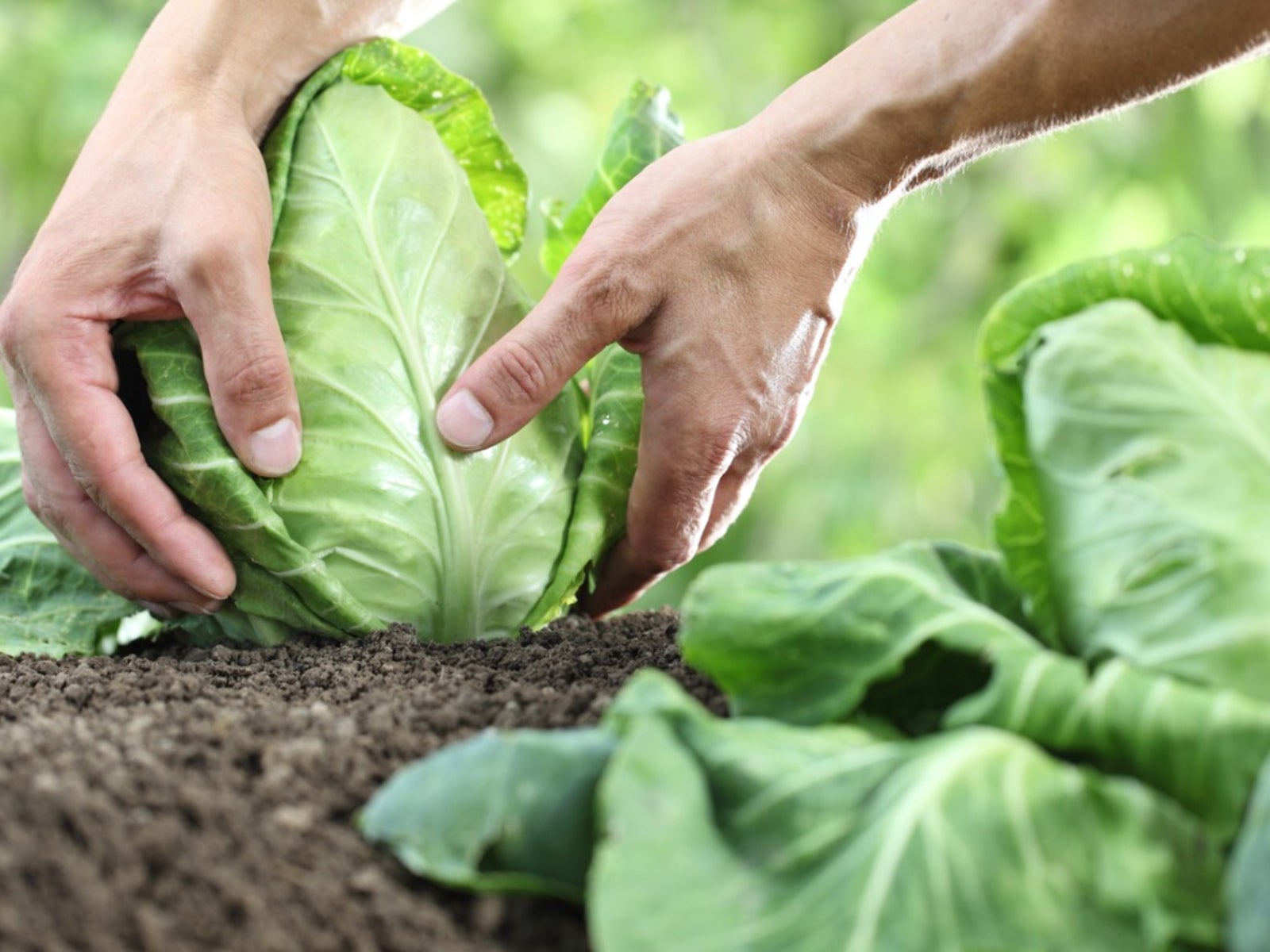
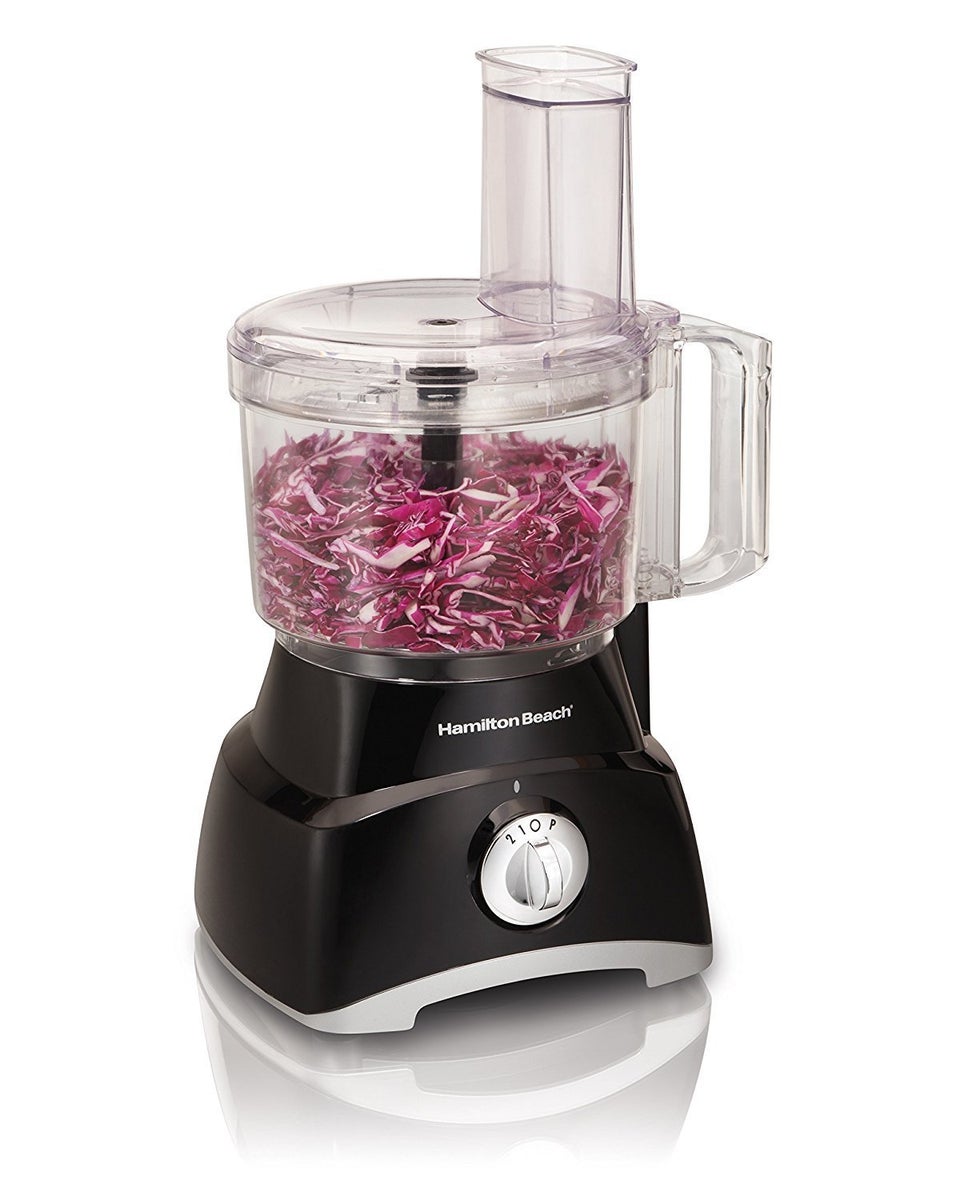
:max_bytes(150000):strip_icc()/__opt__aboutcom__coeus__resources__content_migration__serious_eats__seriouseats.com__images__2016__12__20161212-sauerkraut-vicky-wasik-1-cutting-cabbage-4f4f58f56acf42e7a782f4368d46cbb4.jpg)
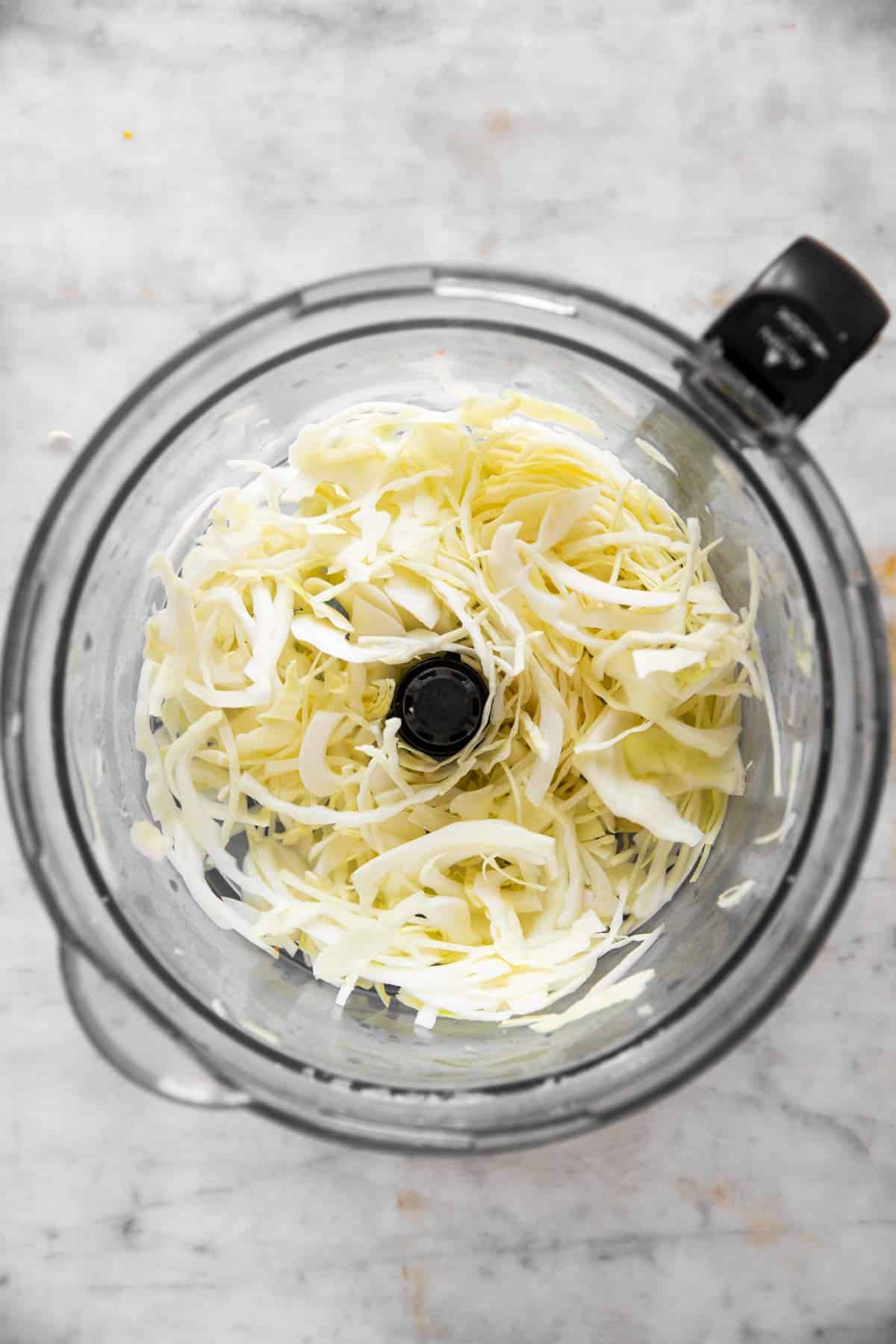

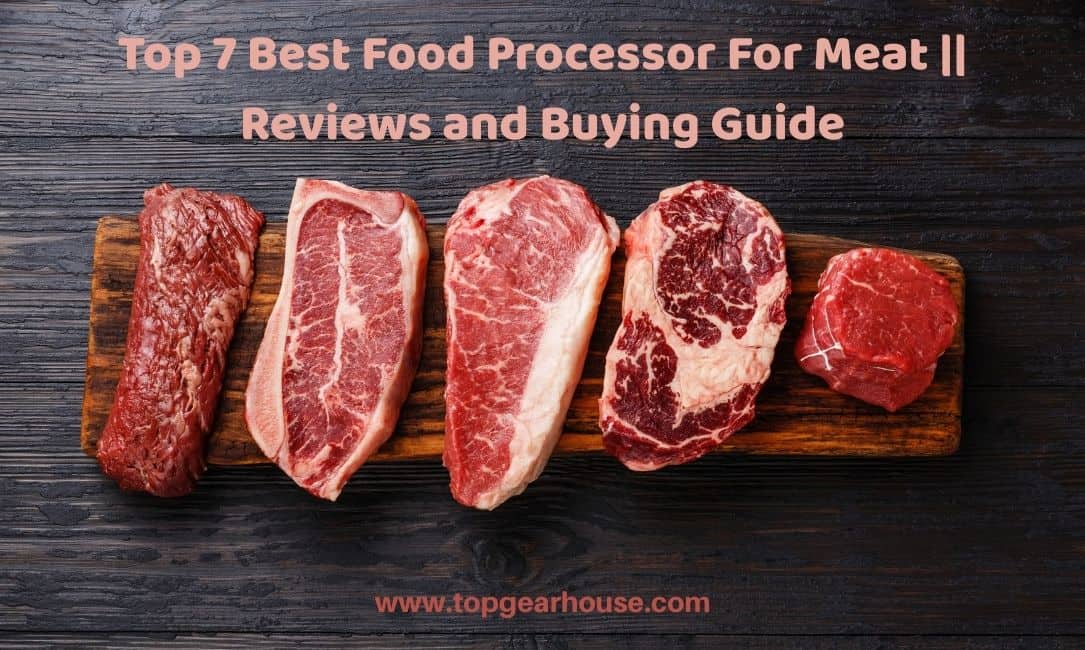
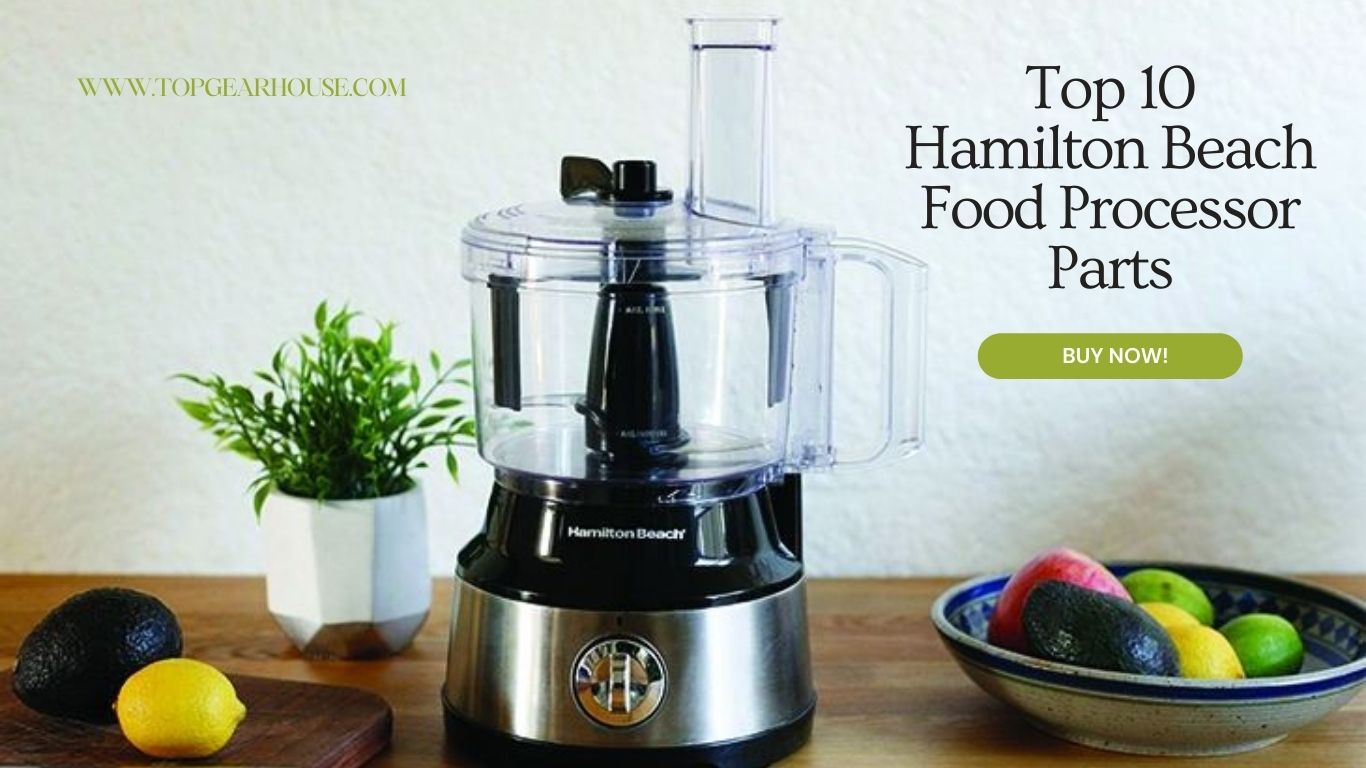

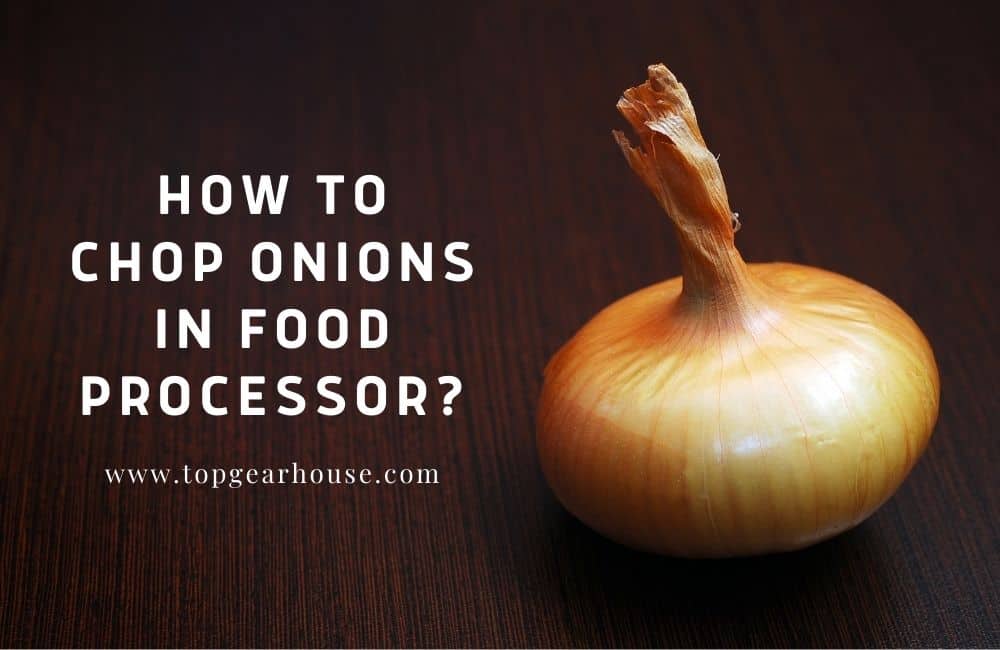
3 comments